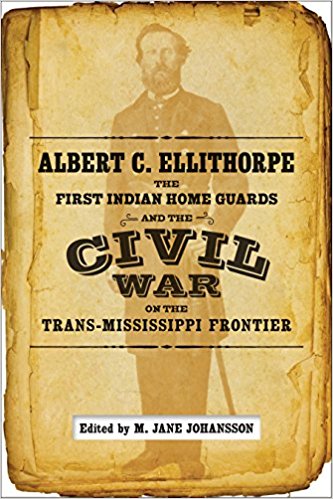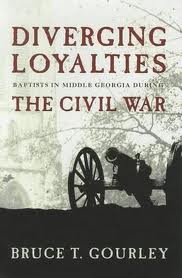It was once common practice for students of the Atlanta Campaign to lament its relative dearth of scholarship. After the past ten or fifteen years, it is perhaps time to acknowledge our new embarrassment of riches. With Conflict and Controversy in the Confederate High Command, Dennis B. Conklin II joins the recent choir of voices who have thrust the war in Georgia into the limelight of Civil War military history.
A probing examination of the dysfunction that existed within the Army of Tennessee’s high command, this book makes an excellent companion to the campaign’s foundational studies, such as those authored by Albert Castel and Richard McMurry. Moreover, the book, which began as Conklin’s dissertation, has strong historiographical intervention without sacrificing accessibility. Academic and general readers alike will find much to consider in this volume.
While the campaign’s outcome was the result of numerous factors (including the capability of Sherman’s armies), Conklin posits that the most significant factor was the chaotic and ineffectual command culture that existed in the Confederacy’s western theater war effort. This culture was primarily the result of Jefferson Davis’s poor performance as commander-in-chief. Specifically, the author criticizes Davis for adhering rigidly to the existing departmental command structure, refusing to set personal grievances aside when making important decisions, and showing a lack of respect for the chain of command when consulting officers in the Army of Tennessee.
One of Conklin’s unique contributions is his analysis of Davis’s relationship with Georgia Governor Joseph E. Brown. Despite Atlanta’s newfound prevalence in Civil War literature, the Peach State’s chief executive rarely receives sustained attention. During the war, Brown’s uncompromising state’s rights advocacy was consistently in conflict with many of Davis’s national initiatives. For his part, the president rarely took advantage of opportunities to improve the relationship. Consequently, Brown withheld the state’s militia from the Confederate army for the first month of the campaign, depriving the Army of Tennessee of much needed manpower. Ultimately, Conklin argues that “the president’s maladroit handling of Brown played a significant role in the Union capture of Atlanta” (207).
Although not blameless, Conklin’s other two principal characters, Johnston and Hood, fare much better; the author offers probing reexaminations of their generalship and character. The former is typically credited with superb training and organizational abilities but critiqued for lacking the necessary fortitude to commit and execute offensive operations. Conversely, Conklin sees Johnston’s tactical offensives during the campaign’s opening stages as proof that the commander did, in fact, possess the mettle necessary to deliver a killing blow, should the opportunity present itself.
Hood is typically depicted as an overly ambitious heir to a disaster or as borderline delusional, convinced he could wield the Army of Tennessee the same way Rober E. Lee did the Army of Northern Virginia. Yet here, the author posits that the army was in high spirits when Hood assumed command and that the plans he devised to force Sherman back from Atlanta were basically sound and realistic. It was due to his lieutenants’ incompetence that these plans failed. Conklin’s Hood is more a victim of William J. Hardee’s intransigence and petulance than he is of his own shortcomings. While Conklin is perhaps too kind in his defense (especially given the self-serving nature of virtually every word Hood and Johnston entered into the historical record), the qualifiers he adds to the historiographical assessments of these generals are worth considering.
Conflict and Command Controversy in the Confederate High Command is a readable and historiographically informed military history that demonstrates that in the Civil War, leadership mattered. While some readers will contest his conclusions, Conklin’s reevaluations of Johnston and Hood are sure to spur exciting conversations at conferences and roundtables. For that, too, Atlanta Campaign devotees should be grateful.
Robert L. Glaze teaches history courses for Georgia Military College and Lincoln Memorial University. He is currently revising his manuscript, Experiencing Defeat, Remembering Victory: The Army of Tennessee in Civil War Memory.





